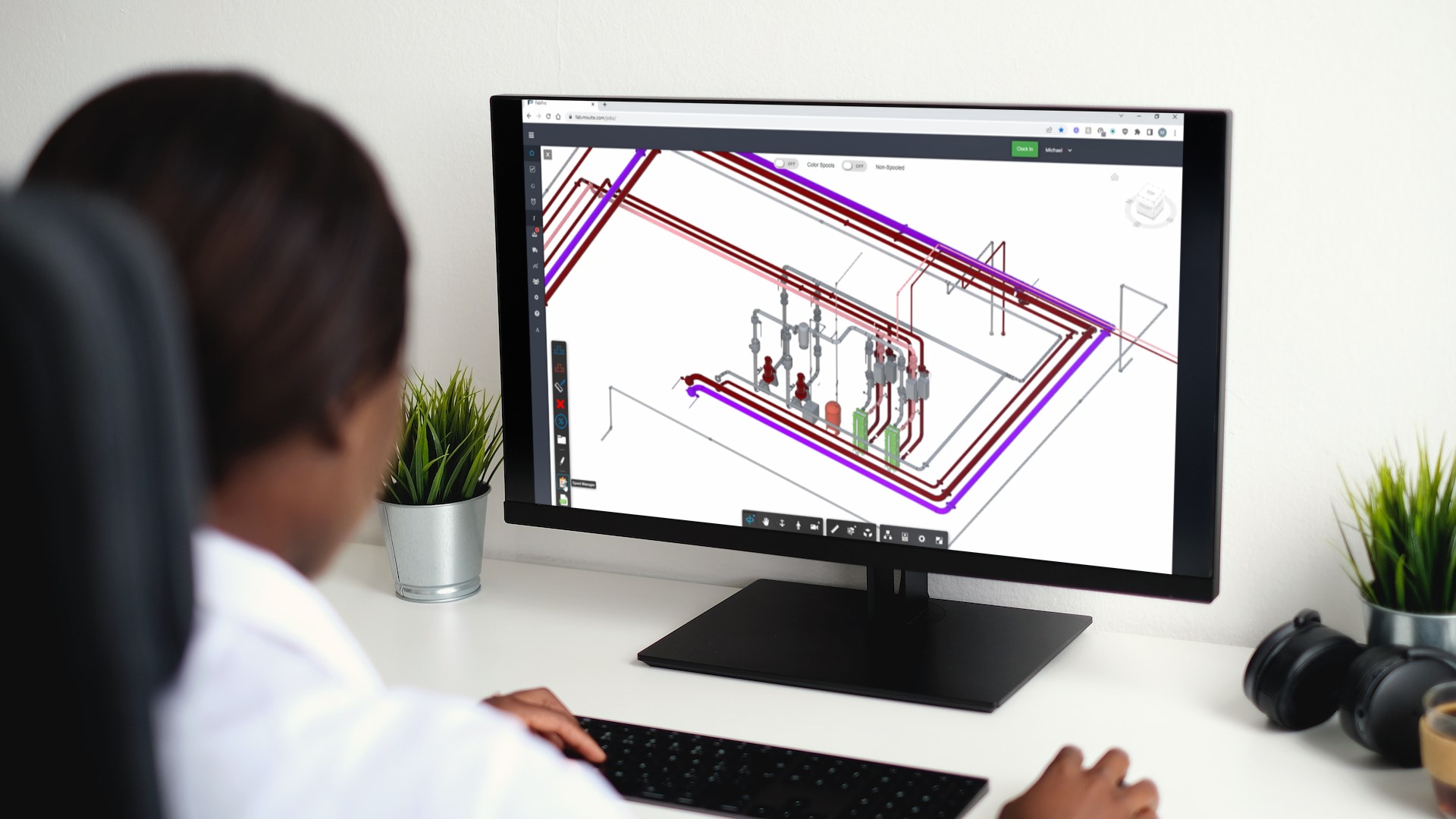Industrialization brought to construction presents, at least on a high level, the use of state-of-the-art offsite production technologies and the standardization of products, components, and modules. Building Information Modeling (BIM) is rapidly making its movement.
The industrialization of manufacturing processes is already common practice in many other industries, such as airlines, automotive, and retailing, to name a few. And many companies are part of a trend utilizing manufacturing principles, processes, and tools for construction around the globe. As a result, BIM’s adoption is rapidly becoming more prominent in the industry and is used in most construction projects.
The notion of Building Information Modeling (BIM) is to maintain an integrated repository of all relevant information for a building or construction project throughout the different phases (Design, Build, Maintenance) of a project. This digital repository facilitates storing, integrating, checking, and visualizing the data emerging throughout the project lifecycle. In other words, we work within a digital model of the physical facility, building, or another type of structure.
In the past, the main focus of BIM was often 3D geometry and designers working within the 3D model. However, the scope of BIM is evolving from 3D visualization models to help stakeholders by utilizing 360-degree analysis of construction projects before clearing the ground.
BIM is a natural fit for industrialization because it provides the required accuracy for offsite production technologies, enabling better reuse of standardized products, elements, and modules while simultaneously providing customers with unique, appealing designs. As a result, Modeling holds excellent value for the industrialization of the construction phase and facility management post-construction.
The real improvement lies in having a lifecycle focus where information is reused from early design, through construction, into maintenance. Project scheduling using 4D and 5D cost estimation is a significant process example in which data from 3D models are combined and populated with value-added data to drive progress tracking and changes to the way of working.
In the future, we will see many other processes which will be applied as well, such as:
- Virtual job site planning and logistics
- Model-driven prefabrication
- Virtual project execution
- Model-driven sourcing and procurement
- Safety planning training
- Model-driven operation and maintenance
- Work packaging and on- and offsite construction planning
- Optimized facility management and enhanced building performance
The concept of BIM and integrated technologies are helping the construction industry move to end-to-end digitization for better delivery of construction projects. However, overcoming significant problems (e.g., data silos, miscommunication, etc.) is not only a technology issue but a collaboration and commitment issue. Below are a few success factors and challenges for BIM’s movement to construction industrialization.
Success Factors and Challenges
- Modularizing 100% of a project is near impossible; seek high-value targets for prefabrication.
- Changes in design during manufacturing are expensive and difficult to accommodate.
- Location of the fabrication shop relative to the jobsite.
- Transportation constraints – Specific loading or dimension limitations.
- Fragmentation and number of construction project stakeholders with different agendas, practices, and workflows.
- Essential need for increased collaboration, communication, and coordination of stakeholders.
- For the Manufacturer, the quantity of prefabricated components is critical to meet cost-effectiveness.
Conclusion
Rapid economic development requires a growing and sustainable construction industry to meet the demand for new infrastructure and environmental-friendly facilities. The widespread adoption of BIM is a way to accelerate the growth of prefabrication, modular, and industrialized construction. Industry 4.0 is upon us. Soon, BIM will unearth more benefits of modular and industrialized construction in the construction industry.








